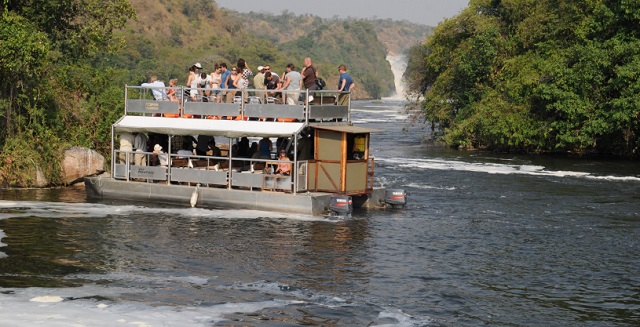
The last time The Independent visited Bonang Power’s website in June this year, the firm claimed it is an African independent power producer.
This makes the company’s move in Uganda to be in conflict of interest owed to the fact that it is the very firm that intends to carry out the feasibility study yet also interested in developing the hydropower dam, critics say.
The company’s profile noted that Bonang was formed to develop sustainable green energy generating capacity for Africa (clean, renewable hydropower projects) which could replace around 75% of the current diesel-powered generation capacity on the continent.
“The fact that hydro-electric power is clean, renewable source of energy that does not contribute to global warming and climate change is the key driver for choosing this power producing method, citing some advantages.”
Bonang claim its mission is to break new ground in helping Africa bring transformational change to the lives of the people, by providing much needed renewable electricity generation, enabling sustainable local economic growth.
In a company Facebook statement dated May 25, 2019 and attributed to Ernest Moloi, the Bonang Power chairman, the company strongly believes and sees hydropower as having excellent potential in Africa.
“Vast amounts of water flow in Africa’s rivers, amounts of that available water can be harnessed to produce electricity energy to satisfy most of Africa’s current energy demand by 2030.”
Moloi added: “It is vital for Africa as an emerging economy to realize its deeper need for a reliable and high quality infrastructure in order to achieve its goals of ending extreme poverty and increasing shared prosperity.”
In Uganda, Bonang intends to work on what they are calling the Uhuru Hydro Power. The new hydro power project, the initiators claim, will support economic growth and job creation as well as enhance the competitiveness of Ugandan goods both regionally and internationally.
Local tourism agencies unhappy
Meanwhile, on Dec.10, the Association of Uganda Tour Operators drove its partners from conservation, civil society, academia, students, local communities and the media to Murchison Falls from where they condemned the government’s idea to sanction a feasibility study for the hydro electric power dam.
Everest Kayondo, the chairman of Uganda’s tour operators’ body, said both Uhuru and Murchison Falls must be protected for their environmental, social; direct and indirect economic value to Uganda.
Located on the Nile between the Ugandan lakes Kyoga and Albert , the Murchison Falls also lend their name to a 3,900sq km national park, one of Uganda’s biggest, where visitors can view lions, hippos, elephants, buffalos and giraffes.
“Murchison Waterfalls from the top all the way to the delta at its confluence with Lake Albert, including Uhuru Falls is a Ramsar site, designated to be of international importance under the Ramsar Convention on Wetlands; an intergovernmental environmental treaty established in 1971 by UNESCO, which Uganda is also a signatory to.”
“The top of the falls also holds important cultural and historical regalia of great significance to the host communities from the many districts surrounding the park, who benefits from its existence,” Kayondo said.
AUTO said several studies had already been conducted to highlight the critical state of this protected area, including a September 2017 Environmental Sensitivity Atlas for Murchison Falls National Park by the Uganda Wildlife Authority, funded by the United States Agency for International Development (USAID) and the Royal Norwegian Embassy that re-emphasizes the protection of this Ramsar site.
“There is therefore no need for another study for a Key Biodiversity Areas (KBA) hosting many IUCN red listed species,” Pearl Hoareau, the president of the Uganda Tourism Association said, “The Uhuru damming would exacerbate this issue by causing a major loss in the aesthetic beauty of the park.”
****
 The Independent Uganda: You get the Truth we Pay the Price
The Independent Uganda: You get the Truth we Pay the Price



